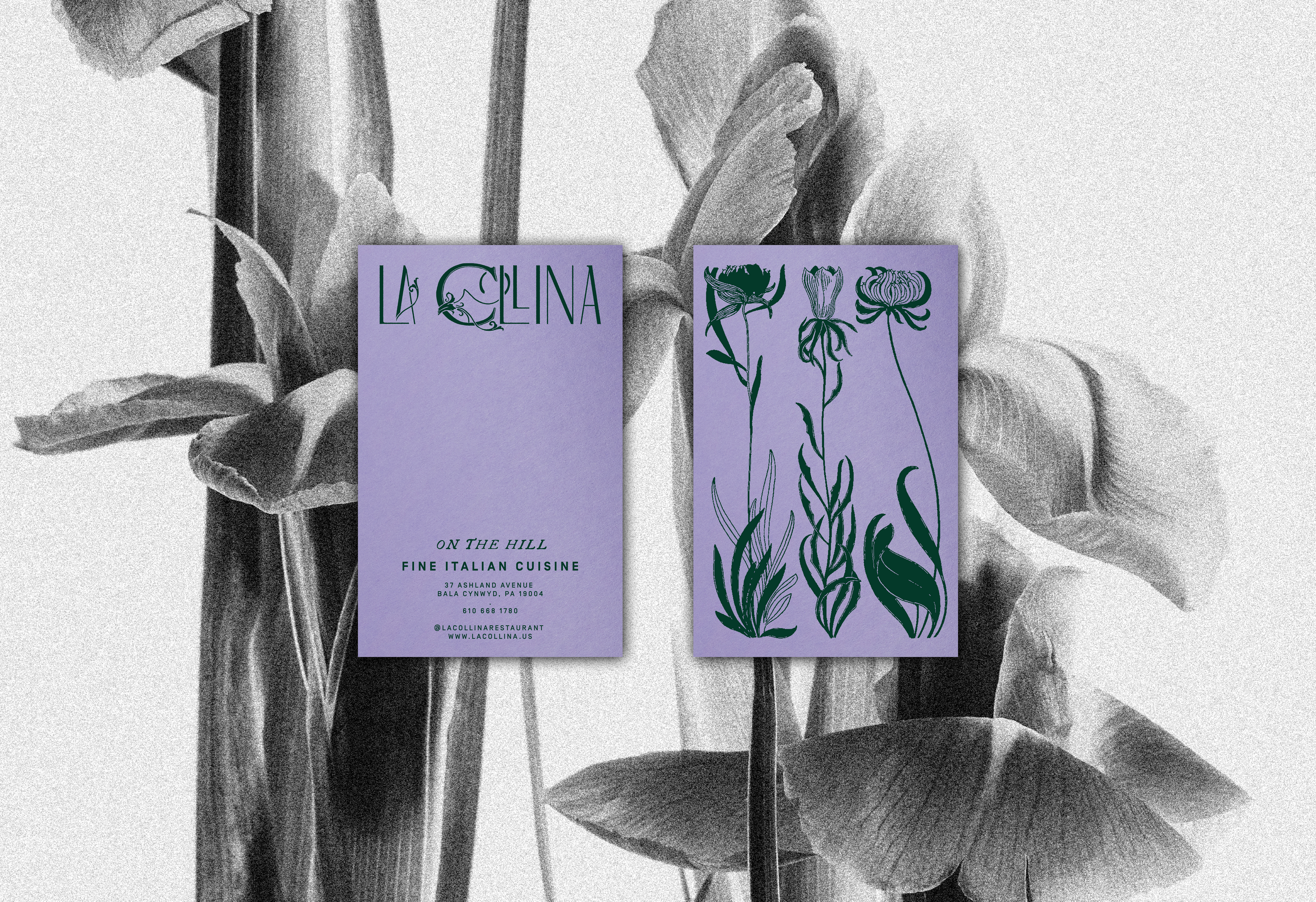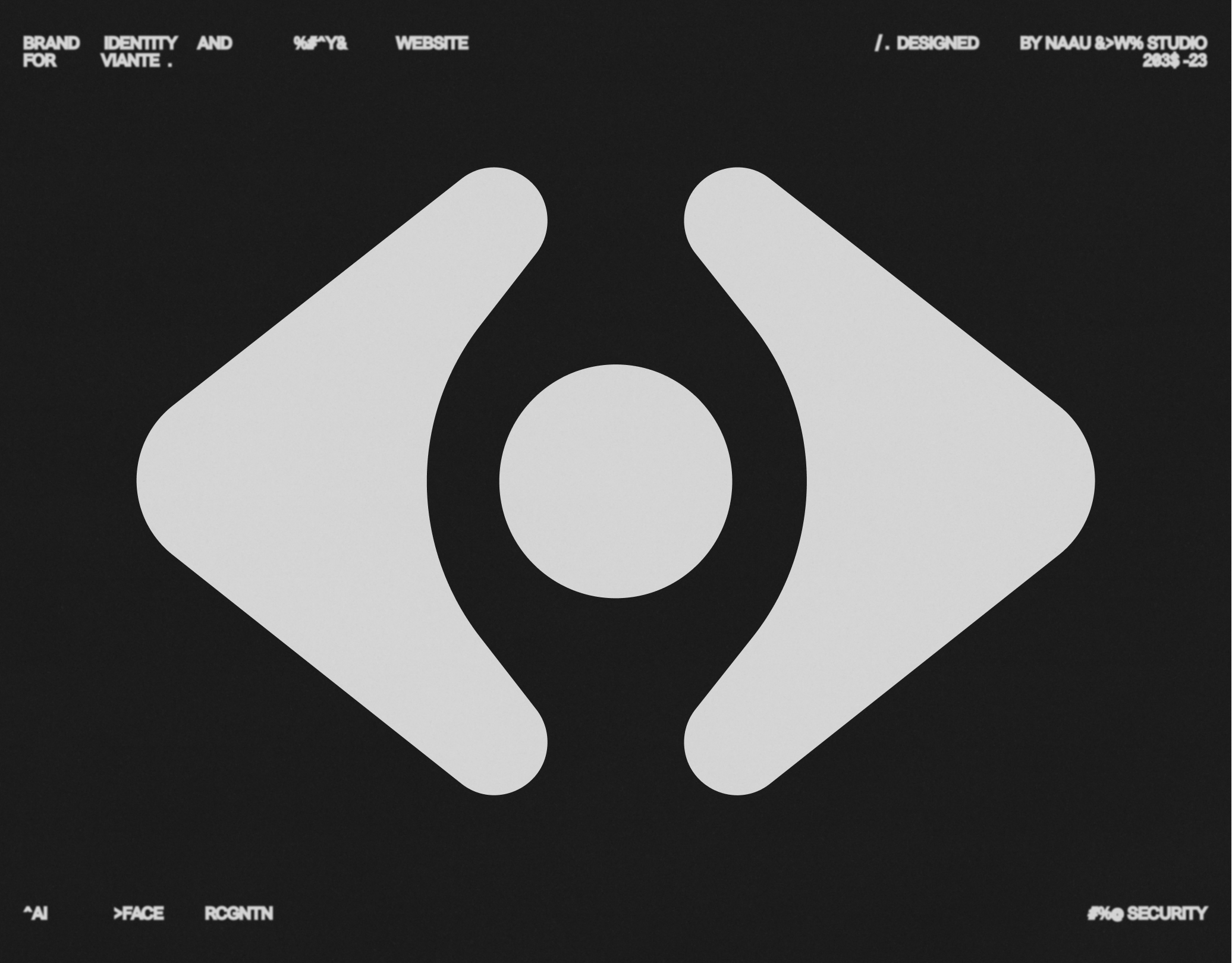
Tibet is a plateau region in Asia, north-east of the Himalayas, in China. It is the traditional homeland of the Tibetan people as well as some other ethnic groups such as Monpas, Qiang, and Lhobas, and is now also inhabited by considerable numbers of Han and Hui people. Tibet is the highest region on Earth, with an average elevation of 4,900 metres (16,000 ft).
Religion is extremely important to the Tibetans and has a strong influence over all aspects of their lives. Bön is the ancient religion of Tibet, but has been almost eclipsed by Tibetan Buddhism, a distinctive form of Mahayana and Vajrayana, which was introduced into Tibet from the Sanskrit Buddhist tradition of northern India.

/ ABOUT LAMA BRAND /
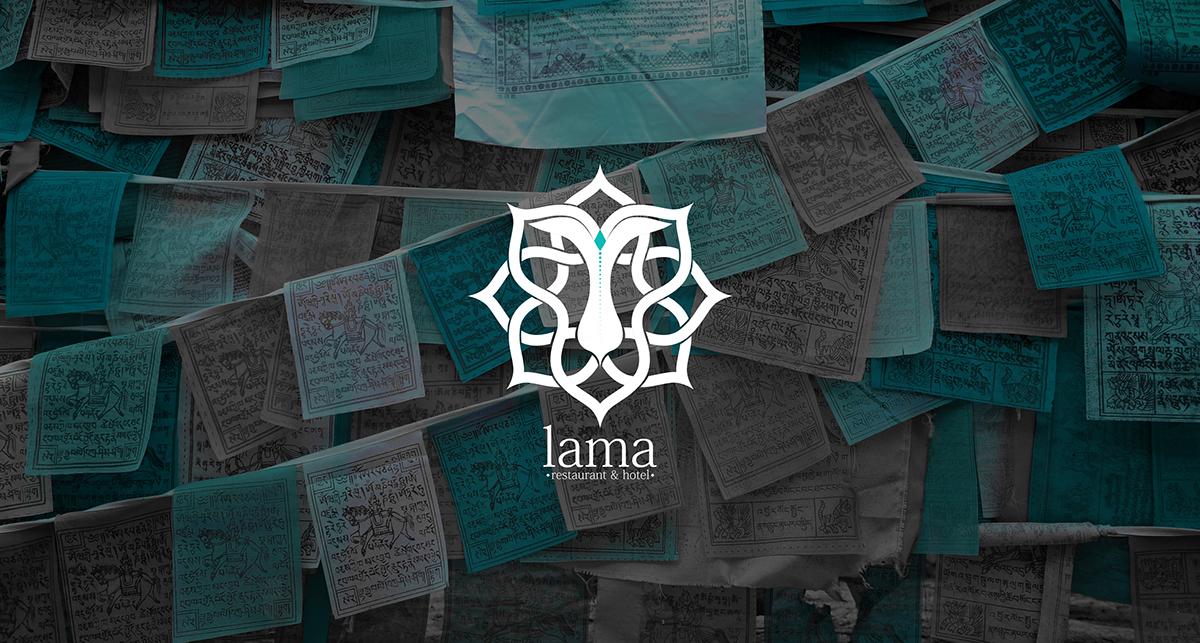
LAMA is a restaurant & hotel brand in Lhasa Tibet. The name is based on The Dalai Lama - a monk of the Gelug or "Yellow Hat" school of Tibetan Buddhism, founded by Tsongkhapa (1357–1419). The 14th and current Dalai Lama is Tenzin Gyatso, recognized since 1950. LAMA brand is my student project in my university. I build this brand which is based on inspiration in culture of Tibet.

/ LOGO CONCEPT /
/ SNOW LION /

The Snow Lion is a celestial animal of Tibet. It symbolizes fearlessness, unconditional cheerfulness, east and the earth element. It is one of the Four Dignities. It ranges over the mountains, and is commonly pictured as being white with a turquoise mane. The body of the Snow Lion is white while its flowing hair of mane, tail and curls on legs, is either blue or green. From 1909 until 1959 a single snow lion or a pair of them was used as national emblem of Tibet on the coins, poststamps, banknotes and the national flag of Tibet.
/ MANDALA /

Mandala is a spiritual and ritual symbol in Hinduism and Buddhism, representing theUniverse. The basic form of most mandalas is a square with four gates containing a circle with a center point. Each gate is in the general shape of a T. Mandalas often exhibit radial balance. In various spiritual traditions, mandalas may be employed for focusing attention of practitioners and adepts, as a spiritual guidance tool, for establishing a sacred space, and as an aid to meditation and trance induction. In the Tibetan branch of Vajrayana Buddhism, mandalas have been developed into sandpainting. They are also a key part of Anuttarayoga Tantra meditation practices.

/ LOGO SKETCH /


/ COLORS OF LOGO /
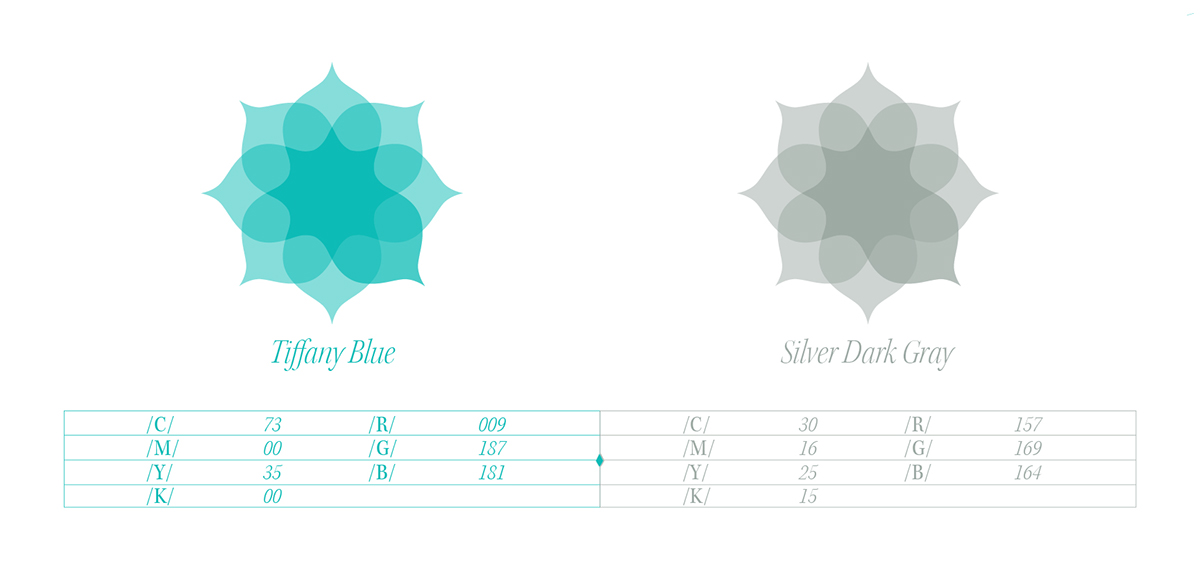


/ PATTERNS /

The pattern is letters in Tibetan alphabet that I arranged them randomly.The Tibetan language has its own script which it shares with Ladakhi and Dzongkha, and which is derived from the ancient Indian Brāhmī script.
Starting in 2001, the local deaf sign languages of Tibet were standardized, and Tibetan Sign Language is now being promoted across the country.

/ STATIONERY /



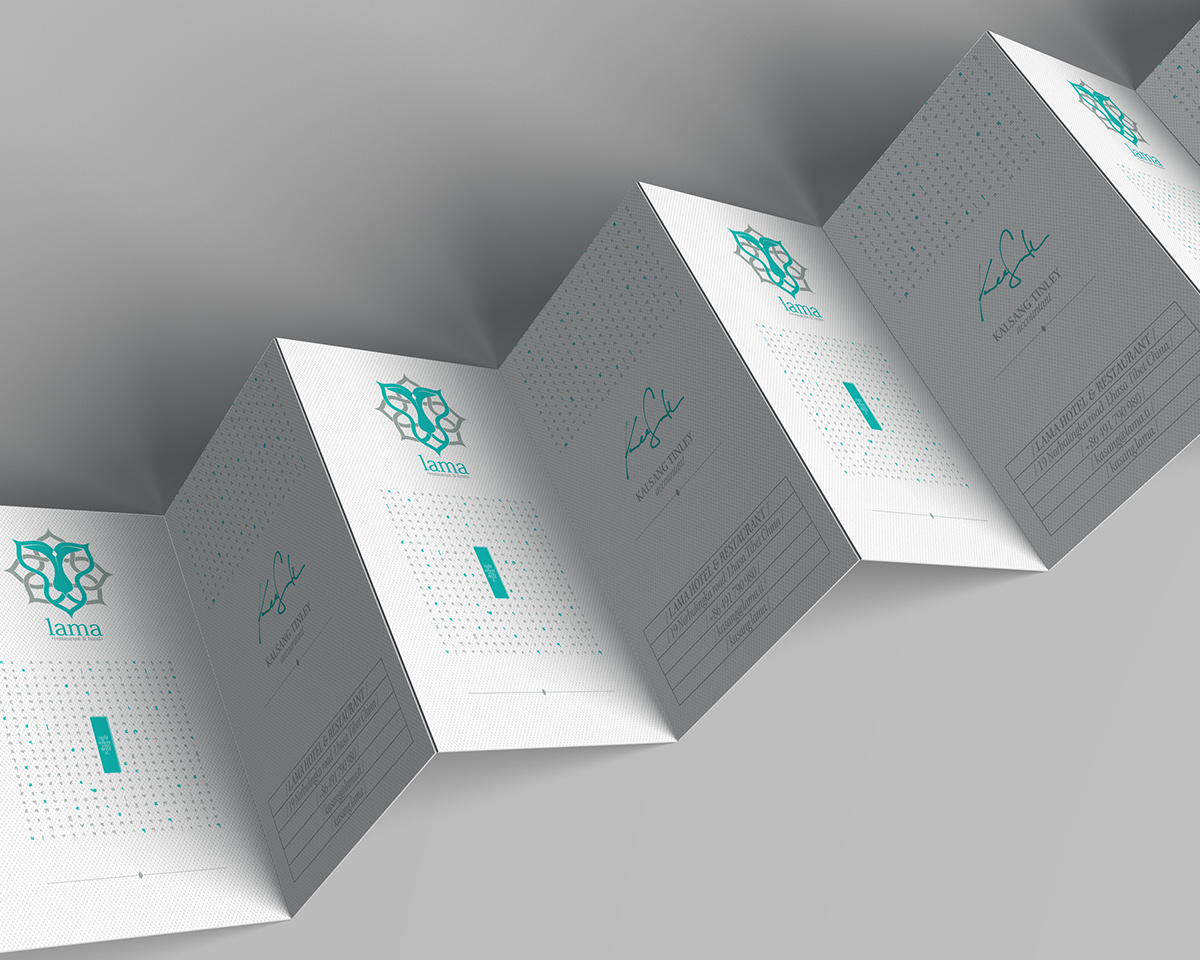

/ THE MENU /
The menu of LAMA restaurant helps people know more information about dishes before they decide to choose their meals. They can know the ingredients of dishes, reviews of customers who ate the dishes, benefit for health, .... Here are some of pages in the menu.
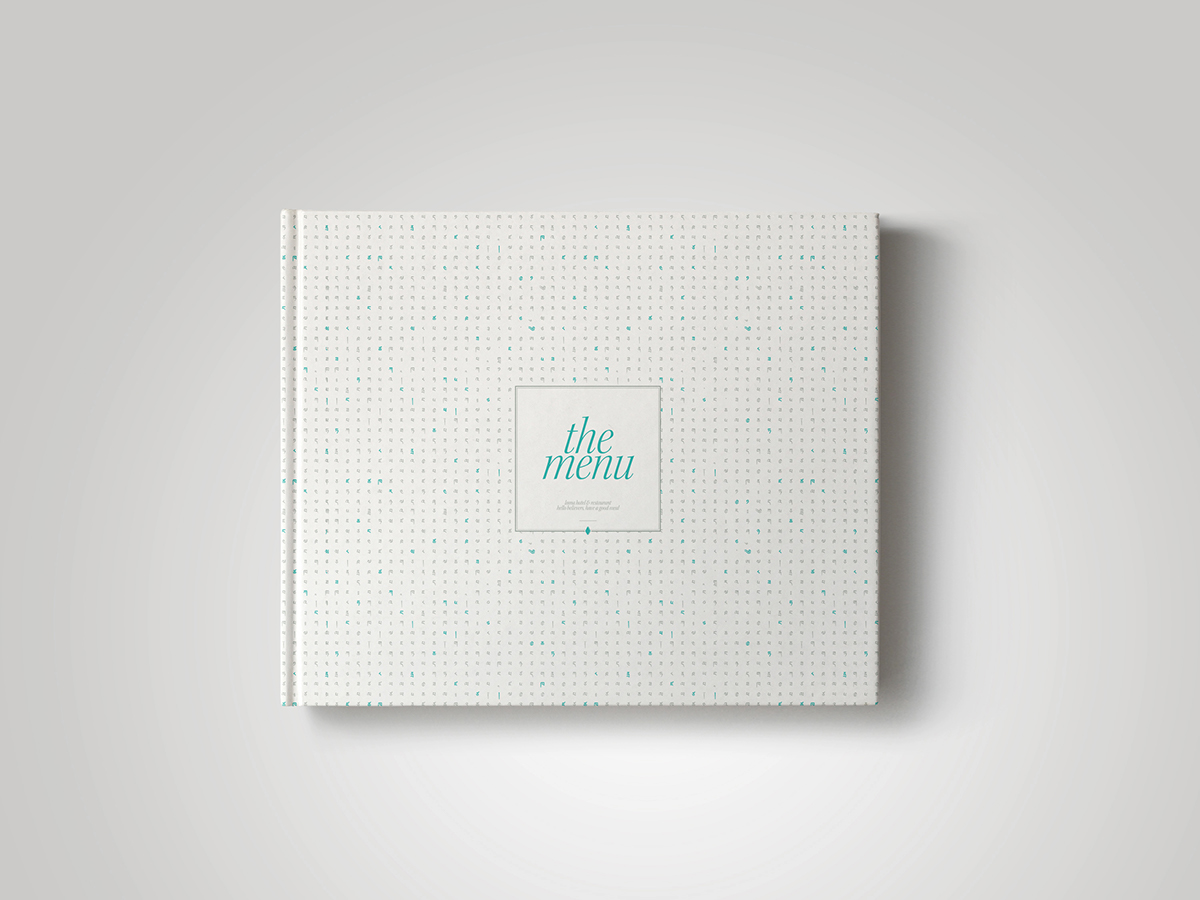

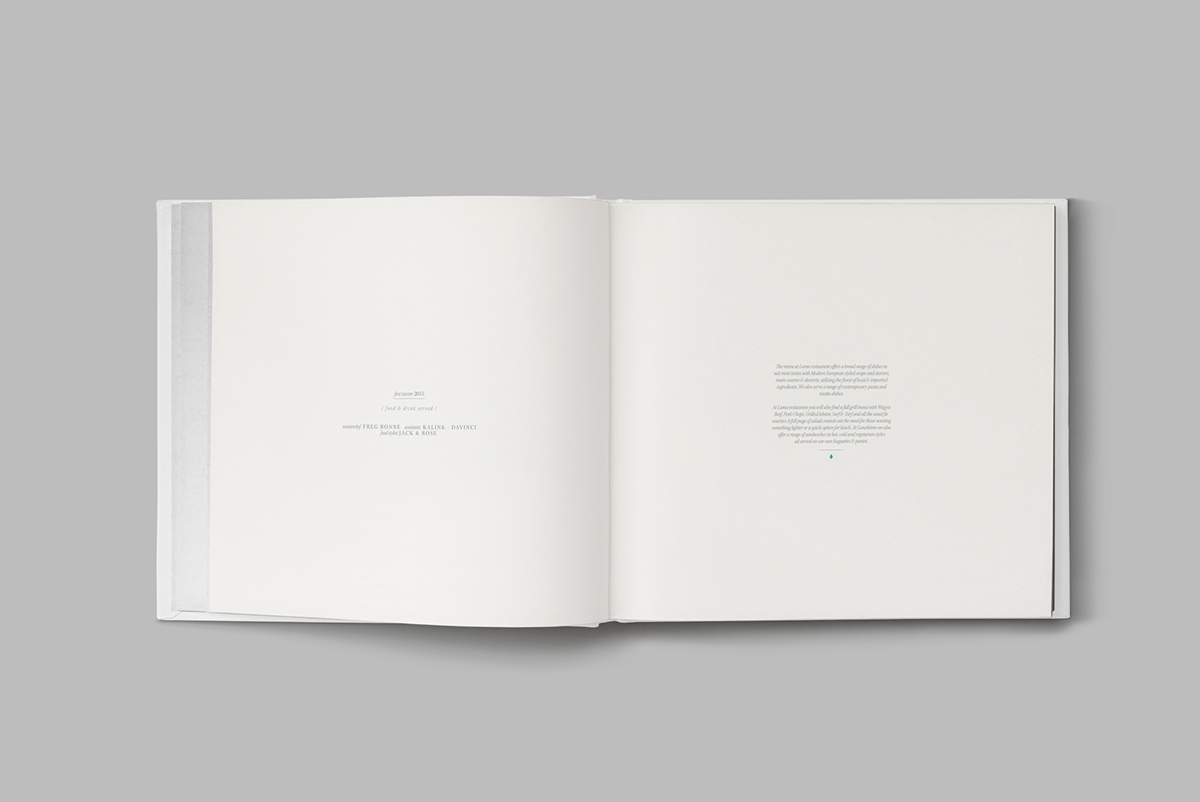
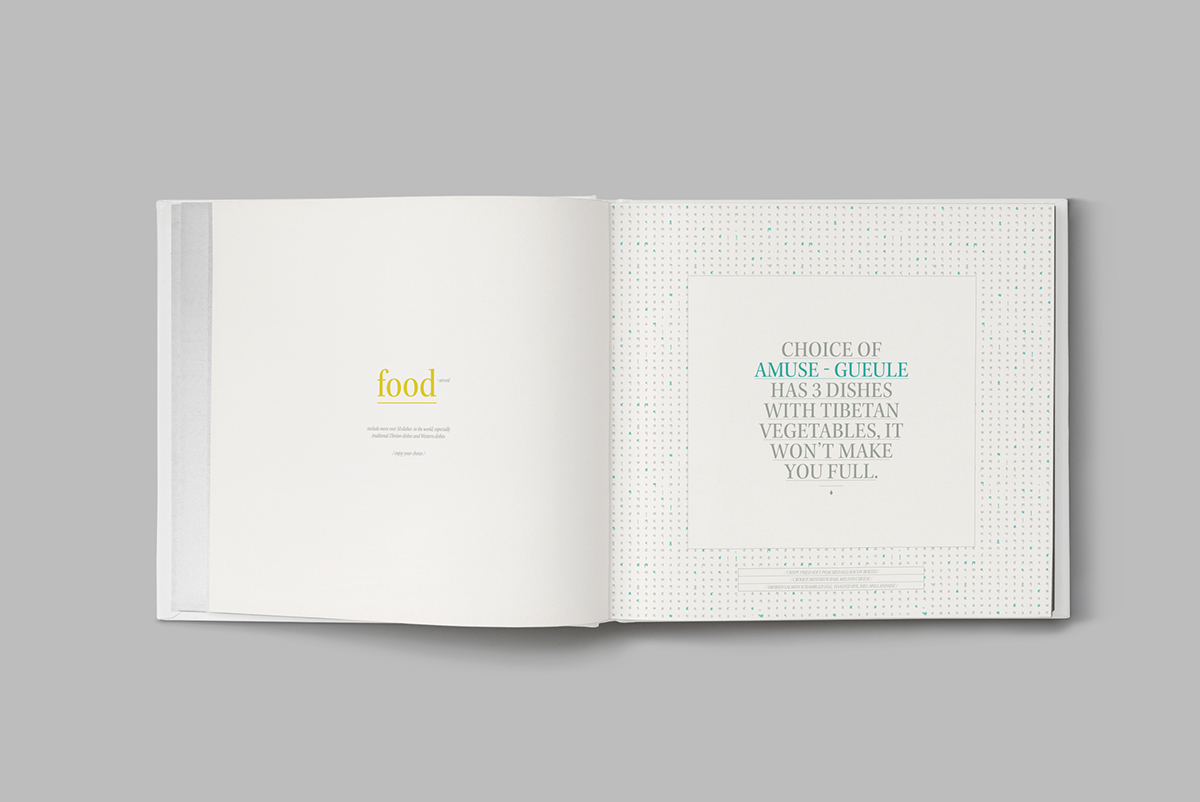


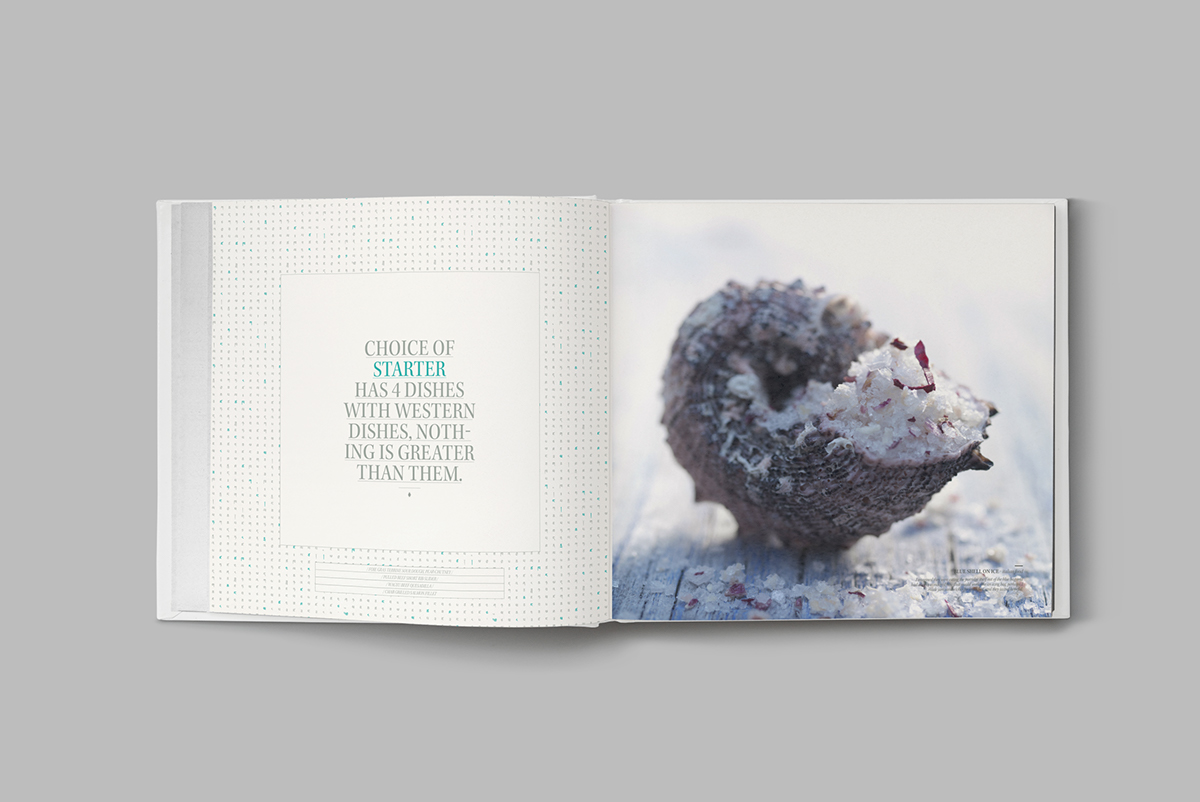
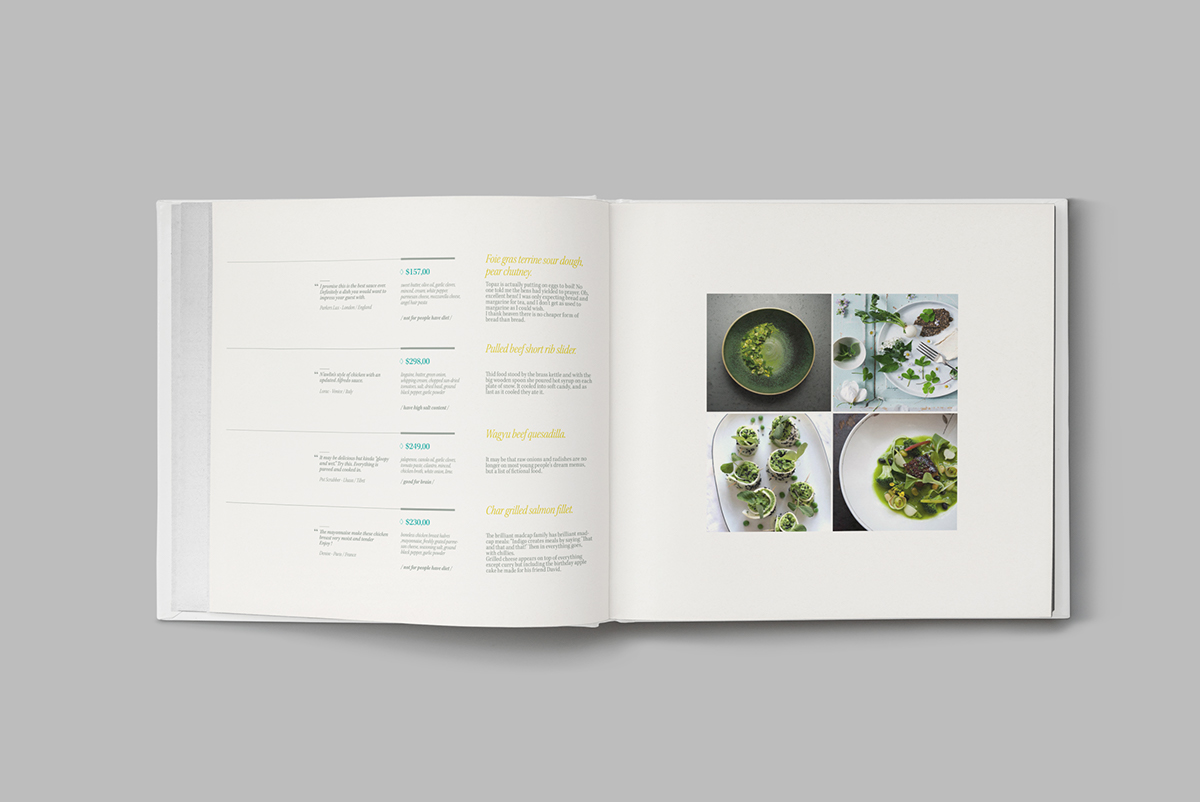
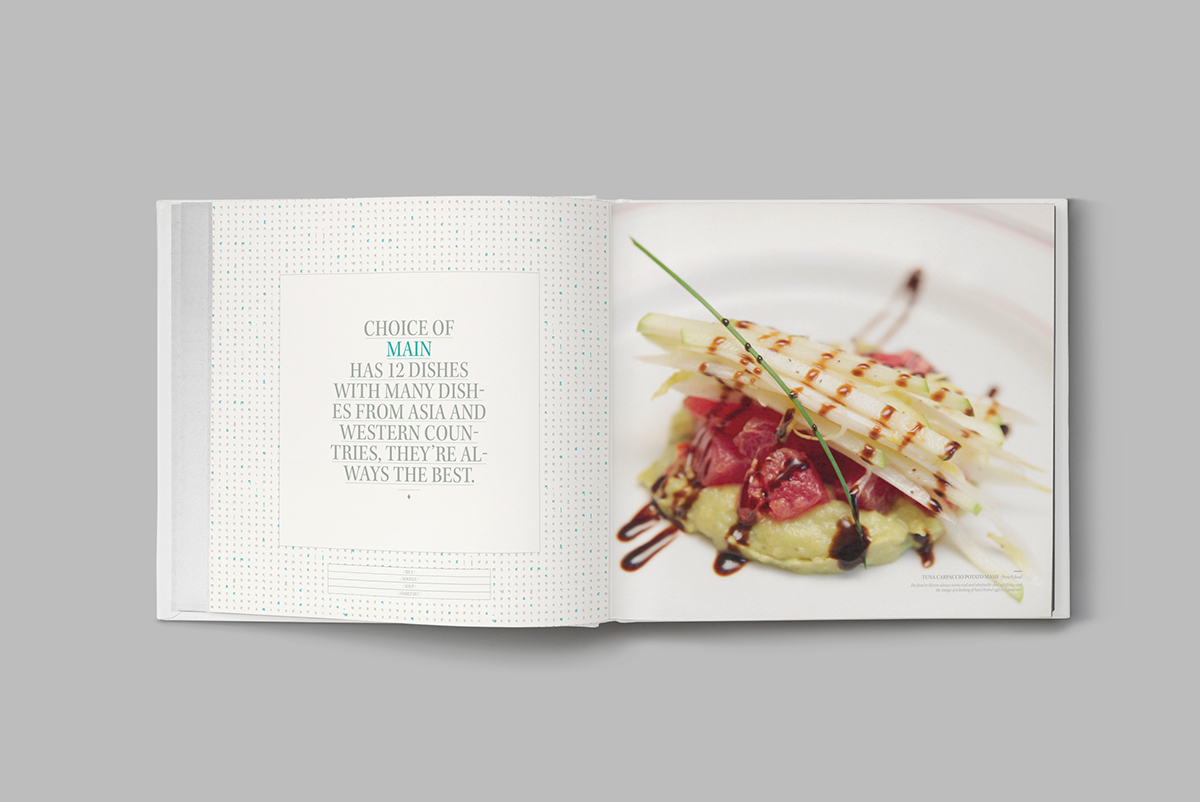
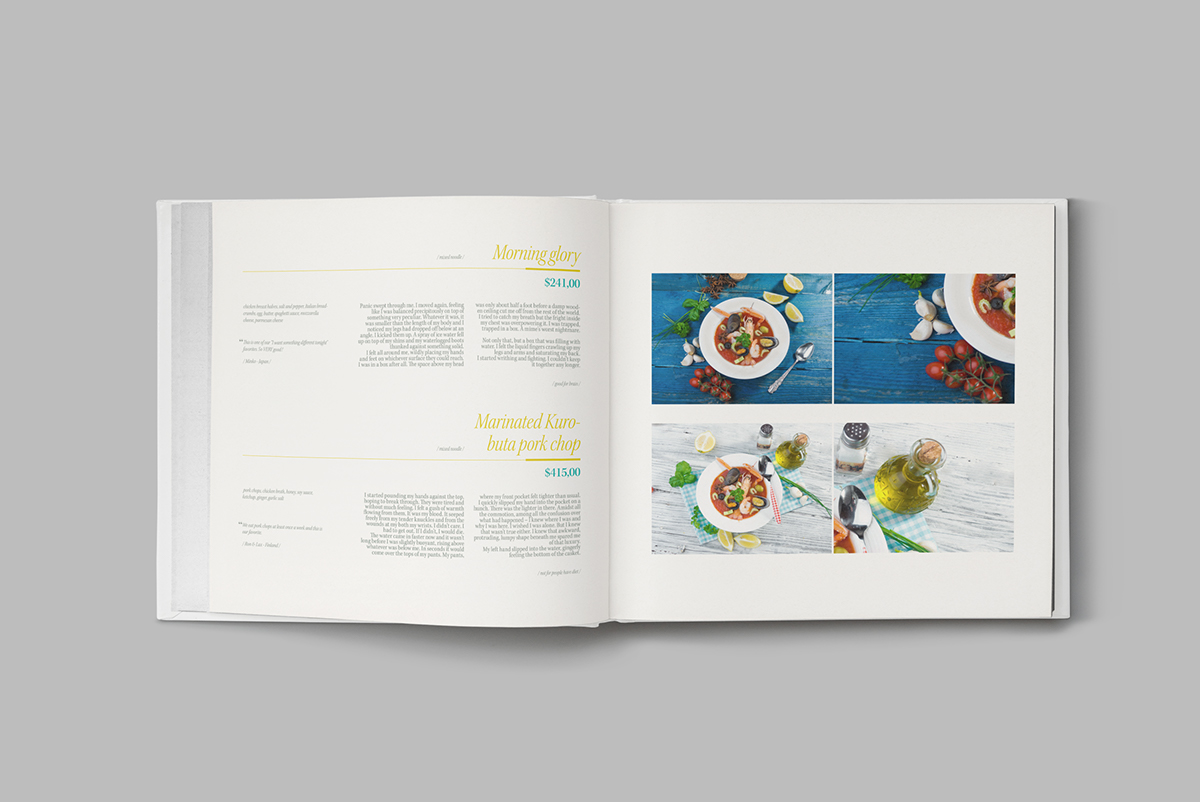
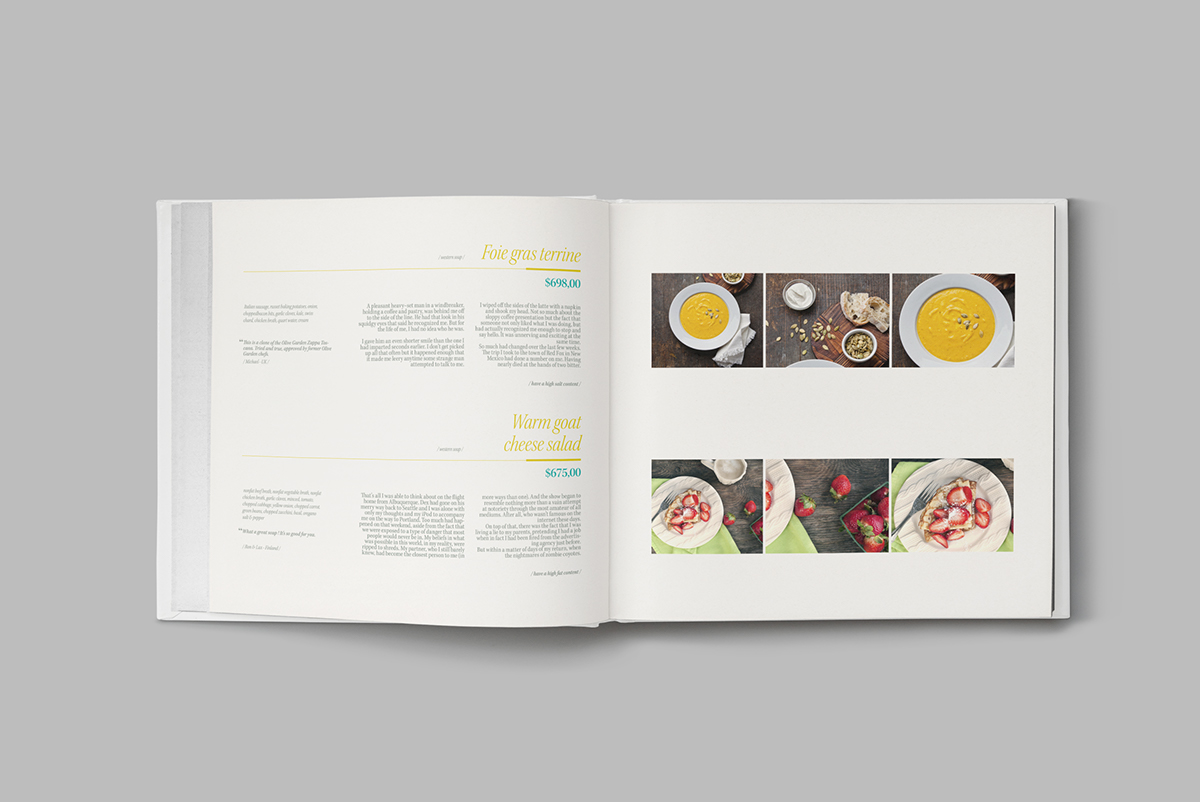
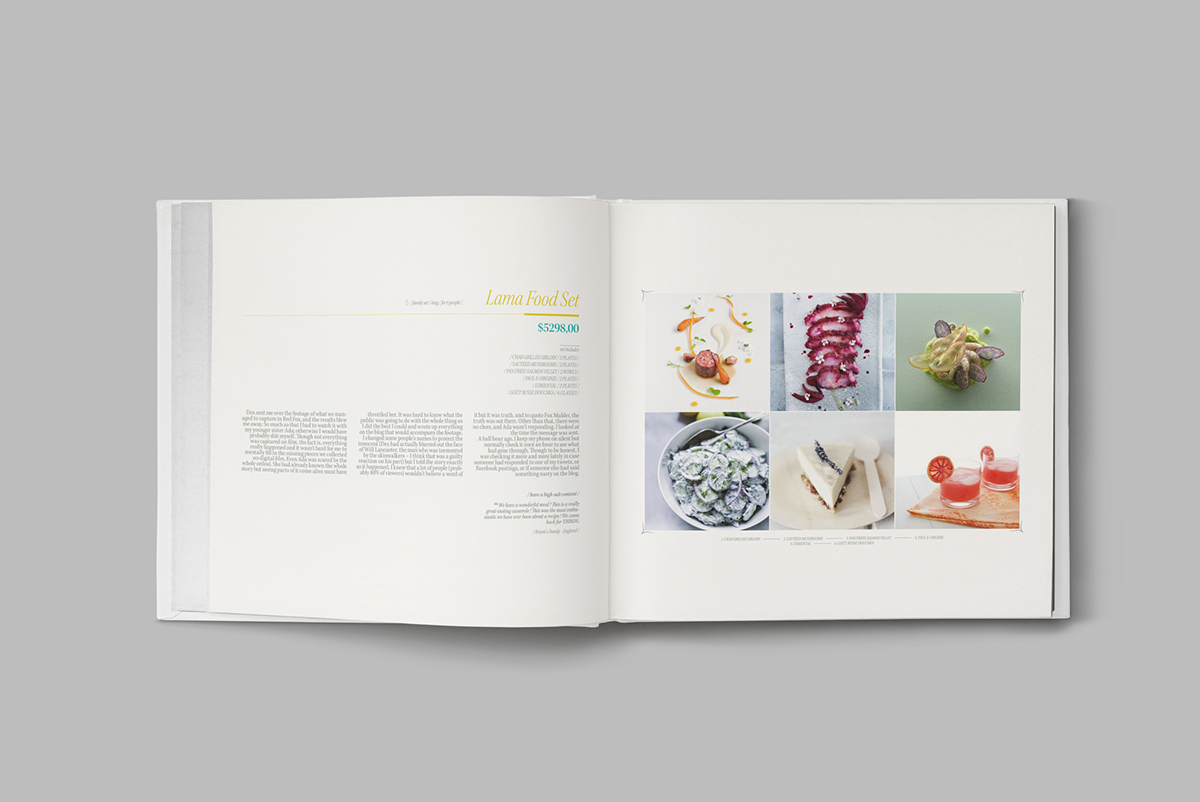
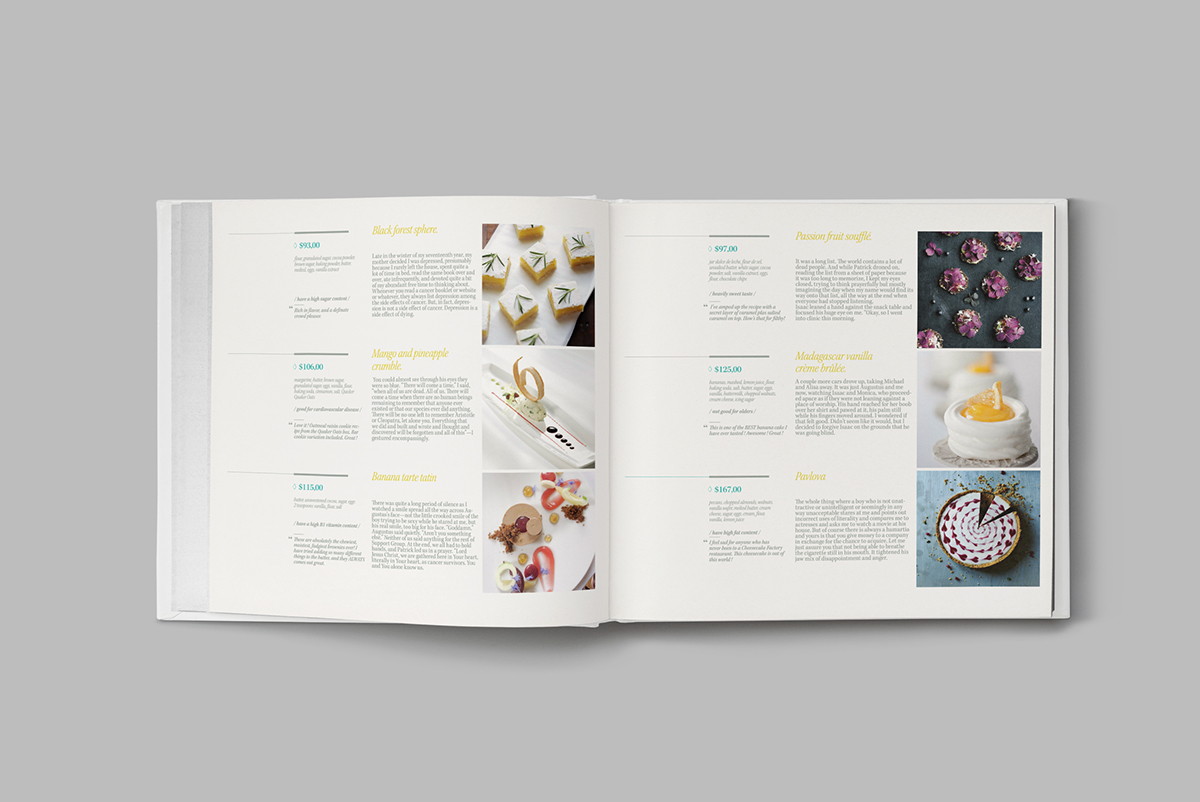
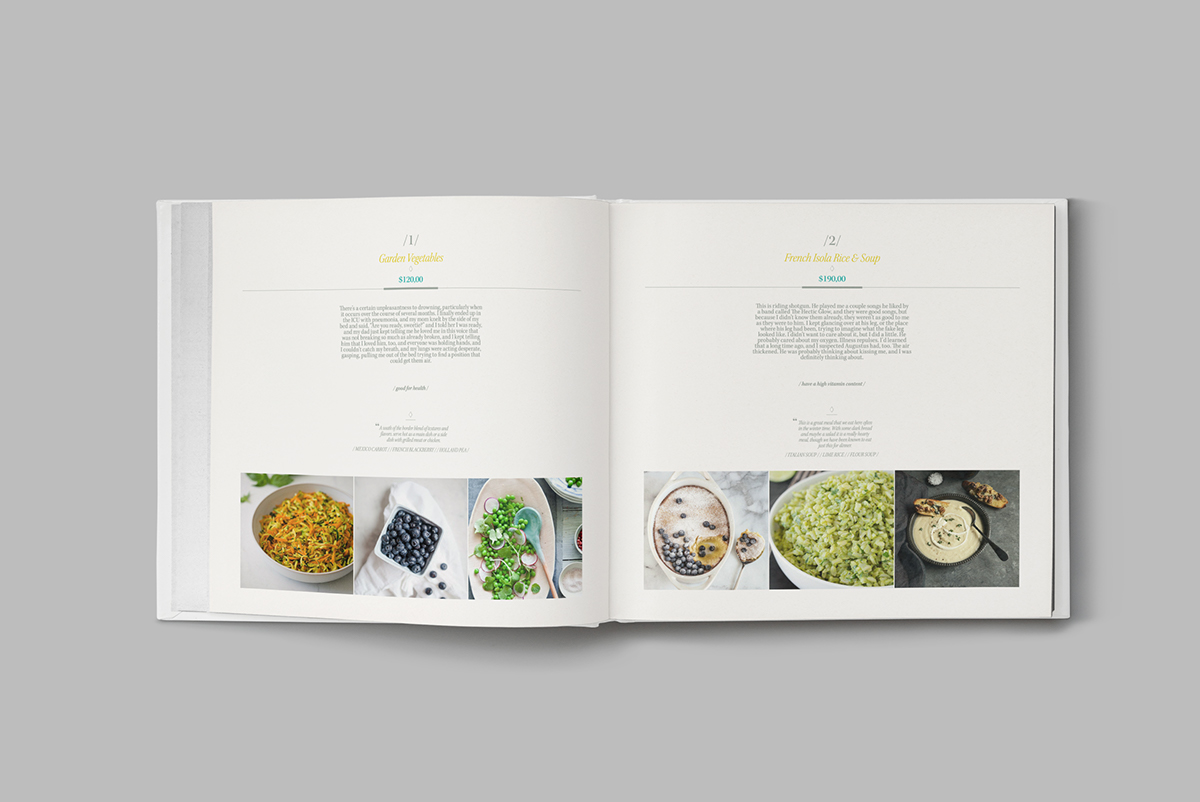
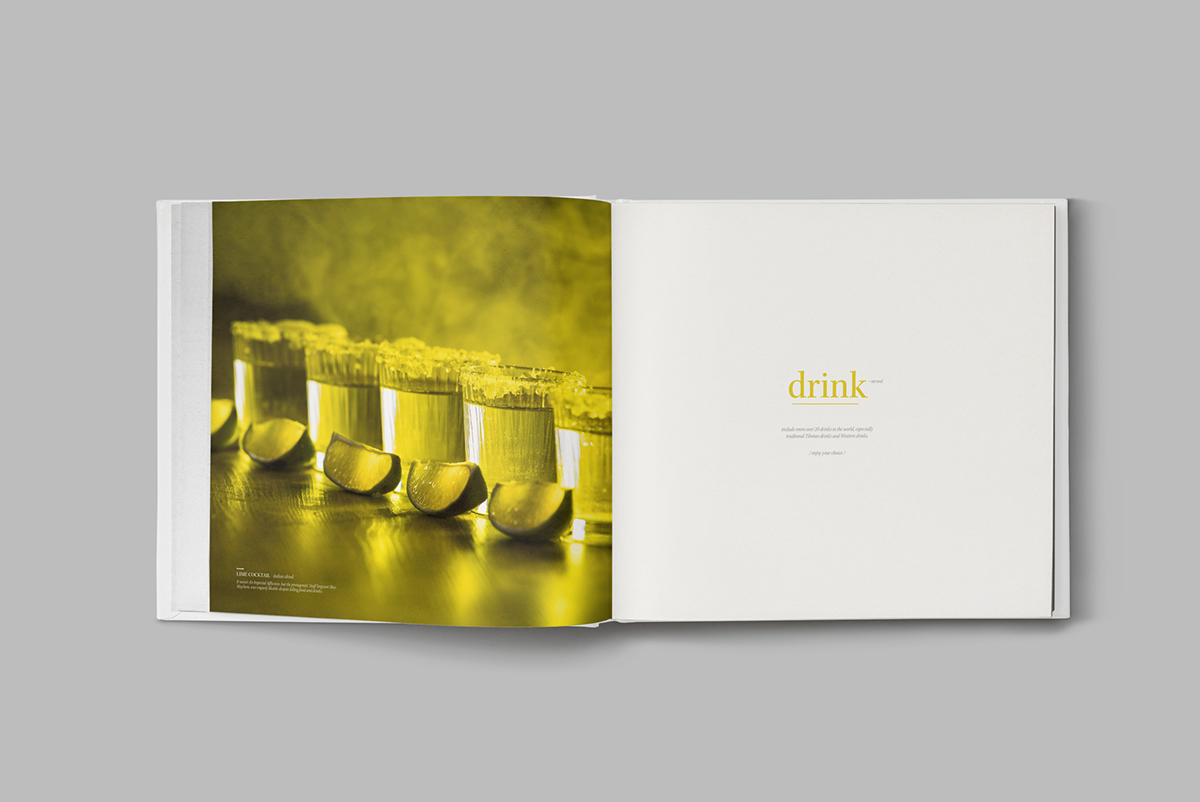


/ ICONS FOR TYPES OF ROOM /
Icons are based on famous landscapes in Tibet : Potala Palace, Yangbajain hot water stream, Gyama village, Nam-tso salt water lake, ....

Potala Palace icon
/ Rooms for Presidents /
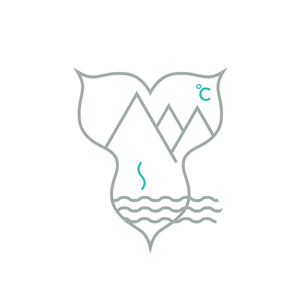
Yangbajain hot water stream icon
/ Royal rooms /
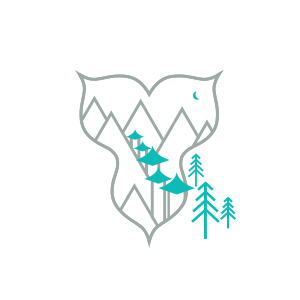
Gyama Village icon
/ Deluxe one-bedroom suite /

Nam-tso Salt Water Lake icon
/ Deluxe twin one-bedroom suite /

/ WEBSITE SYSTEM /

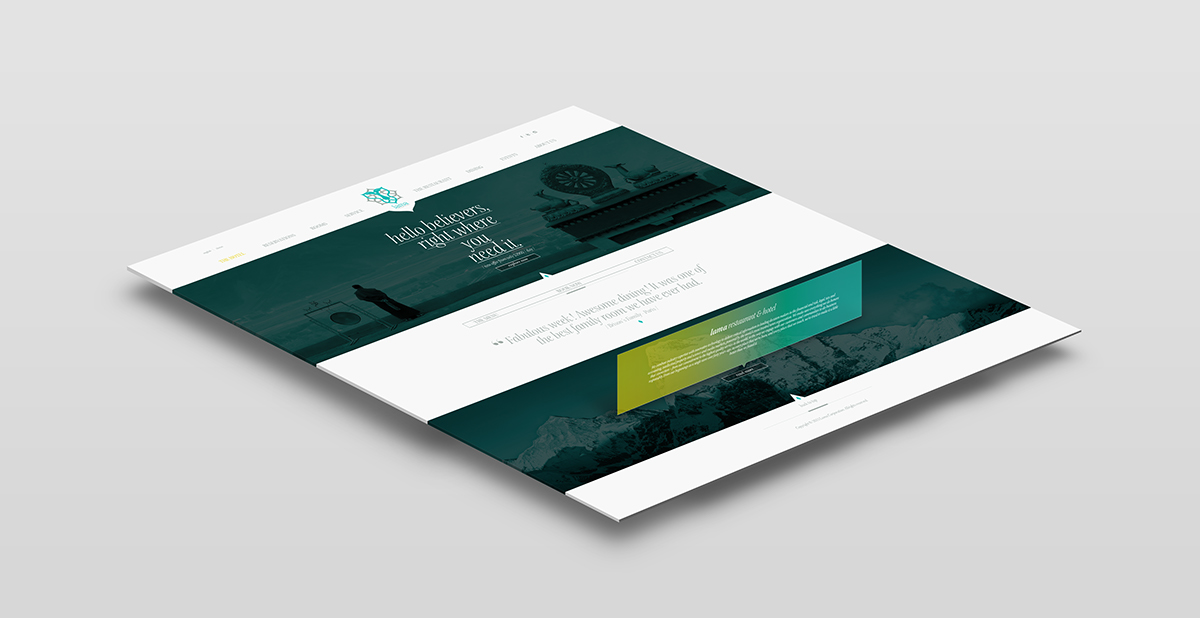

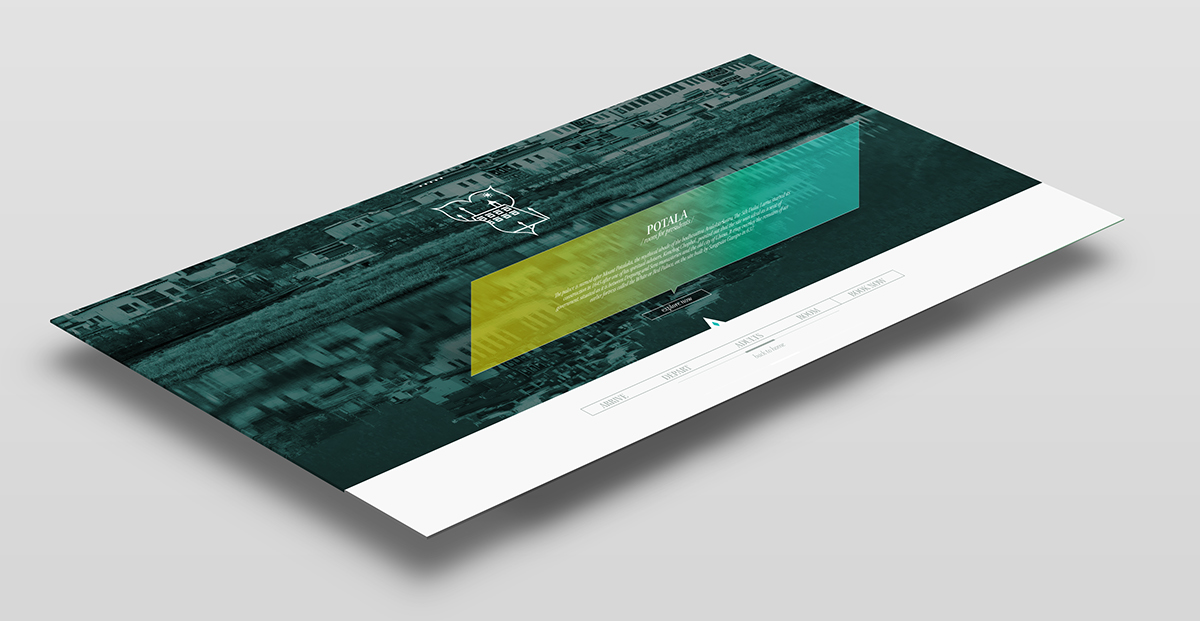
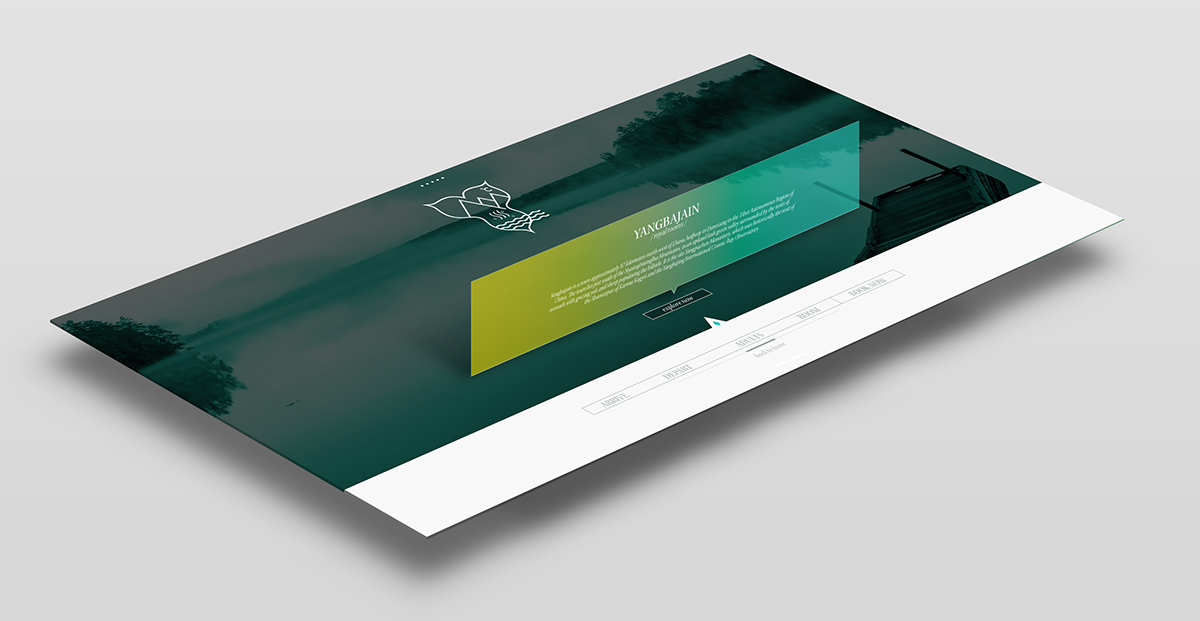
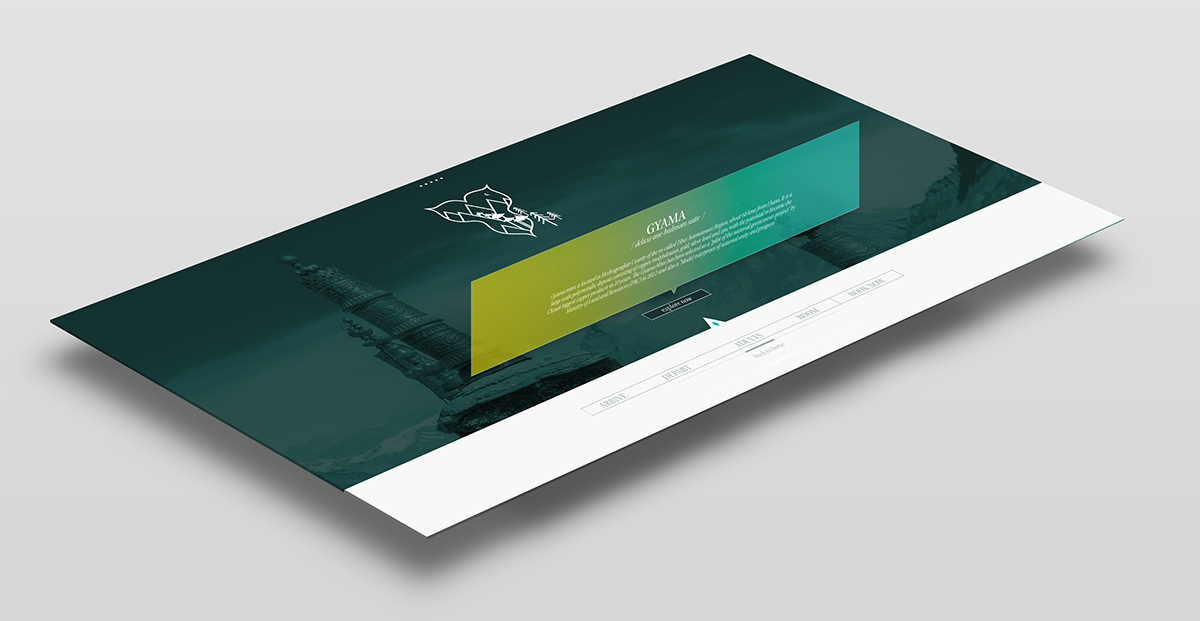


/ Sources of Information / wikipedia /
/ Images Stock / shutterstock / istock / pin /
Especially thanks for viewing.
